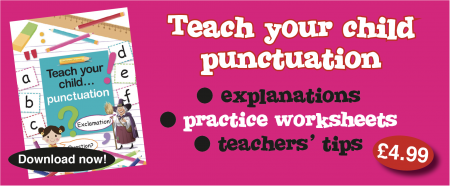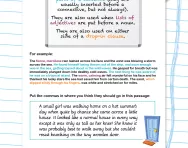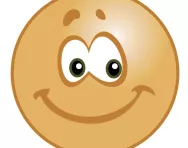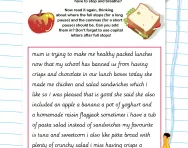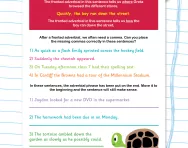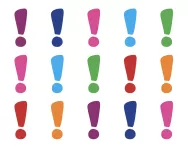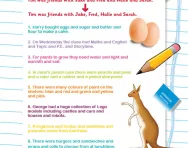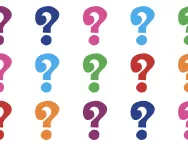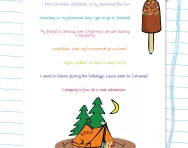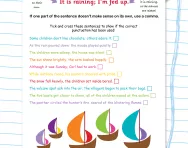Important update from TheSchoolRun
For the past 13 years, TheSchoolRun has been run by a small team of mums working from home, dedicated to providing quality educational resources to primary school parents. Unfortunately, rising supplier costs and falling revenue have made it impossible for us to continue operating, and we’ve had to make the difficult decision to close. The good news: We’ve arranged for another educational provider to take over many of our resources. These will be hosted on a new portal, where the content will be updated and expanded to support your child’s learning.
What this means for subscribers:
- Your subscription is still active, and for now, you can keep using the website as normal — just log in with your usual details to access all our articles and resources*.
- In a few months, all resources will move to the new portal. You’ll continue to have access there until your subscription ends. We’ll send you full details nearer the time.
- As a thank you for your support, we’ll also be sending you 16 primary school eBooks (worth £108.84) to download and keep.
A few changes to be aware of:
- The Learning Journey weekly email has ended, but your child’s plan will still be updated on your dashboard each Monday. Just log in to see the recommended worksheets.
- The 11+ weekly emails have now ended. We sent you all the remaining emails in the series at the end of March — please check your inbox (and spam folder) if you haven’t seen them. You can also follow the full programme here: 11+ Learning Journey.
If you have any questions, please contact us at [email protected]. Thank you for being part of our journey it’s been a privilege to support your family’s learning.
*If you need to reset your password, it will still work as usual. Please check your spam folder if the reset email doesn’t appear in your inbox.
What is a comma?
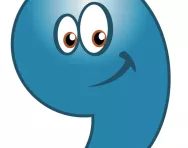
What is a comma?
A comma is a punctuation mark that separates items in a list and marks the divisions within sentences.
How are commas used?
In the primary curriculum, children are taught that commas are used:
- to separate items in a list
- to indicate parenthesis within a sentence with an embedded clause
- to separate direct speech from a reporting clause
- to avoid ambiguity
- to separate main and subordinate clauses.
Commas have lots more uses, including their use within numbers, but our focus is on the most common uses within the primary curriculum.
Commas are used to separate items in a list. They are also used to separate adjectives that qualify the same noun (long, sharp claws). For example:
Commas can also be used as an alternative to brackets to show parenthesis or additional information within a sentence as an embedded clause (A hot dog, a type of sausage, is often served in a long bread bun.).
A comma is used to separate a main and subordinate clause, or to separate adverbial phrases from a main clause. For example:
Commas are also used when punctuating direct speech, before quotation marks when the quotation is introduced. For example;![]()
Crucially, commas are used to avoid confusion in writing. For example:
The first sentence suggests that we should eat Grandma, poor lady! The second makes it clear that the writer is telling their grandmother that it is time to eat.
How are commas taught in primary school?
Once they are familiar with the look of commas, and can identify them in the books they are reading, children will be expected to place them accurately in sentences or lists.
This usually occurs first with the use of worksheets, then in structured writing sessions with the aim of producing multiple sentences that require commas.
When it comes to teaching the use of commas to avoid ambiguity, word play and experimentation are often the best way for children to see the importance of the comma within their writing.
When are commas taught in the primary classroom?
In Key Stage 1, most teachers wait until Year 2 to introduce commas for items in a list. This is because using commas to separate adjectives describing the same noun is also taught in Year 2 and teachers feel it is more beneficial to the children to teach these skills at the same time as they both involve listing words.
In lower KS2, commas will be introduced to separate fronted adverbials from the main sentences, often in Year 3.
Usually in Year 3, but sometimes Year 4, children will be taught to punctuate direct speech using a comma. (This is when they are first taught to use inverted commas for speech.)
In upper Key Stage 2, using commas for parenthesis is taught, most often in Year 5.
In Year 5 or 6, children are taught to use commas to clarify meaning and avoid ambiguity.
Children will be assessed on their understanding of comma use in both KS1 and KS2. This is an example of a Year 2 Punctuation, Spelling and Grammar paper question:
Children will also be required to use commas correctly when they are completing independent writing projects.
